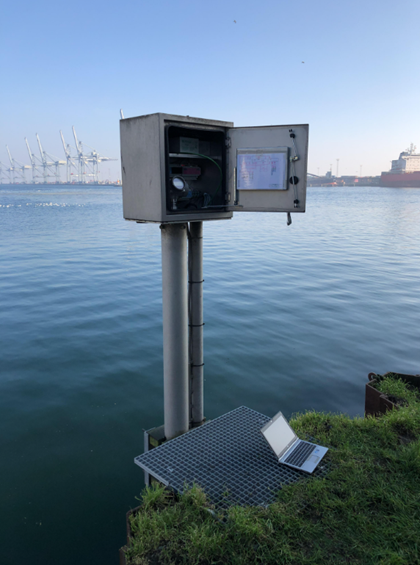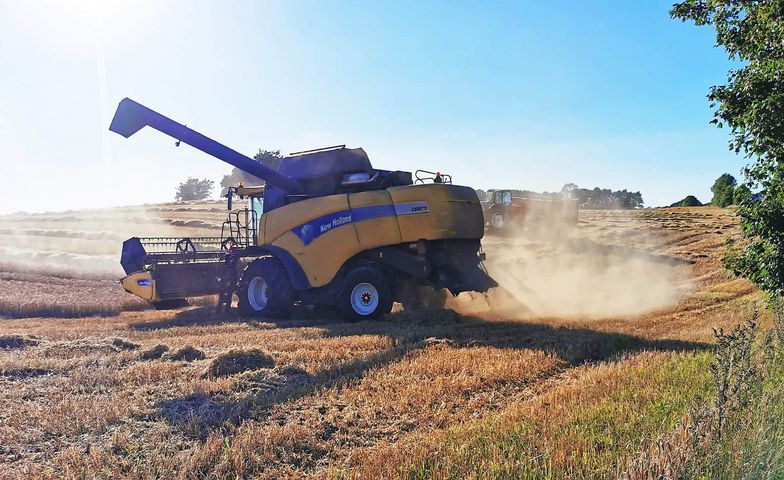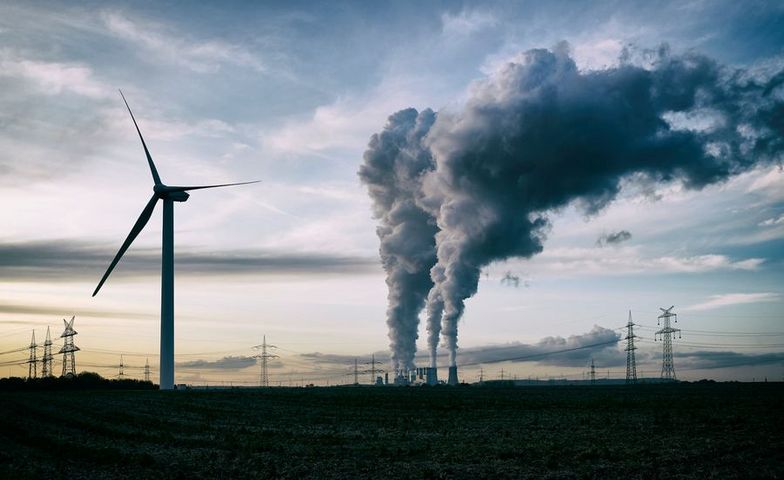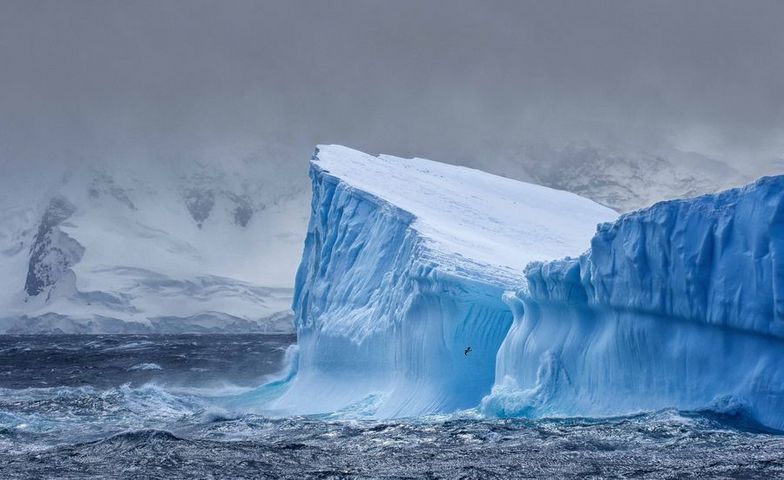Oceanographic Observation Data and Tide water predictions
DMI performs point measurements at tide gauge stations in Denmark. This is an automated process in which the water level and water temperature are measured simultaneous, and data is transmitted to DMI.
The DMI and the Danish Coastal Authority collaborate on the locations of tide gauge stations around Denmark, thereby ensuring that the network of tide gauge stations covers Denmark best possible. The data from the tide gauge stations owned by the DMI as well as the Danish Coastal Authority are available through the oceanographic observation (oceanObs) API service.
The observational data provided through the oceanObs API undergoes quality control, during which each data point is assigned a quality marking. However, the original data remains unchanged. Errors in measurements may occur. Errors are typically due to malfunction of instruments caused by wear and tear or exposure to weather and seawater and on rare occasions from vandalism. In addition, some instruments are sensitive to ice. Wear and tear of instruments are handled proactively by performing service checks at the stations on a regular basis and changing the instruments within a given period. Due to this, you have to be aware of the risk of erroneous measurements when using DMI’s oceanographic observations.
Some of the tide gauge stations meassure water temperature. Water temperature is a support value, which is required for calculating the sea level for a certain type of tide gauge. The water temperature is meassured inside the harbor at a depth of a couple of meters relatively to the undisturbed sea surface. The meassurement is therefore not standardized and should be used with this reservation.

Image of tide gauge station
DMI performs oceanographic measurements according to recommendations from UNESCO's International Oceanographic Commision (IOC). DMI continuously works on quality assurance and maintenance of measuring instruments according to recommendations of IOC. You can read more about the guidelines from ICO here (external site).
If you have questions concerning the oceanographic data or tide gauge stations please contact the authority responsible for the station in question or the data derived therefrom.
Parameters
The parameters available for download are listed below along with a description and the unit of the parameter.
The difference in the three sea level parameters lies in the reference level.
*Since medio 2001 sea level has been measured every 10 minutes. Before that sea level was measured every 15 minutes, 30 minutes and for the oldest data every hour on the hour.
Stations
Endpoint
It is possible to get the station list through the oceanObs service by calling the station endpoint. See API documentation for endpoint. List is also available here.
Historical availability
The oceanObs service provides data from 1889. However measurements are not available for all stations as far back as 1889. Click here for page displaying the historical availability for each parameter at each station. The noted year is the first year with observations for the given parameter and station.
Tide Gauges
The tide gauge stations around Denmark meassure the water level and at some stations the water temperature as well.
A list of the stations available through the oceanObs service is listed below (last updated February 3rd 2021).
The station list represents both present and historical data about a station - see Station Lists Explained.
Tide water predictions
DMI calculates tide water predictions for certain points in Denmark, Greenland and the Faroe Islands. The calculation is performed yearly and predicts the tide water 2 years into the future. More background information on tide water predictions is available here (external site - in Danish).
PredictionType
Tide water stations
The tide water predictions are calculated on positions that are similar - but not identical to - the tide gauge stations that perform measurements. The tide water station list is therefore published at its own API endpoint - see API documentation for details.
Tide water station list is also available here.





